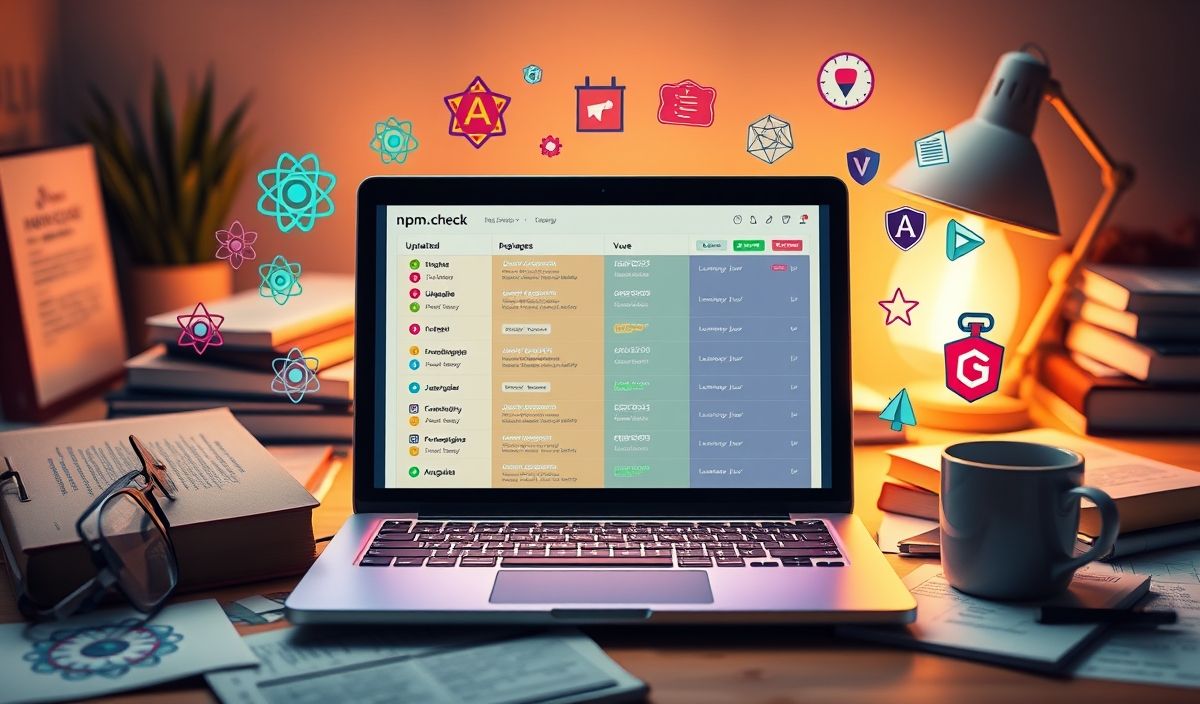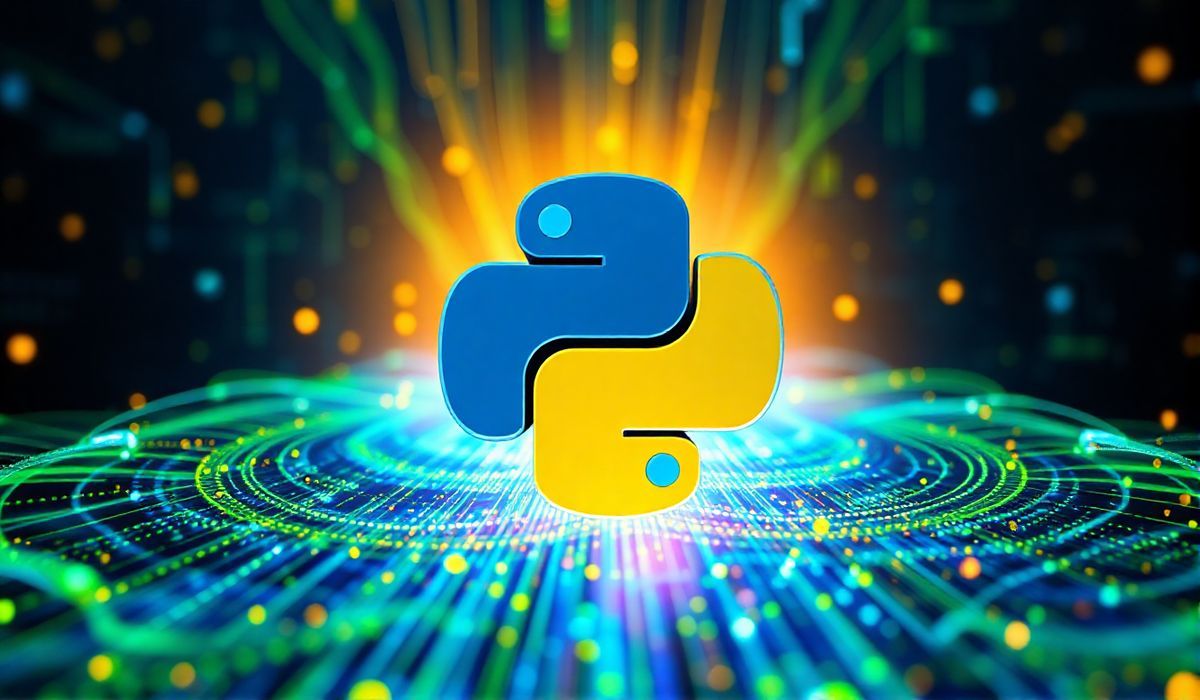Welcome to Our Comprehensive Guide on Pytzdata
In this post we will delve into the pytzdata library, a Python package that provides historical and current timezone data. This library is extremely useful for developers working with international applications, ensuring accurate timezone calculations and conversions.
Introduction to pytzdata
The pytzdata library is a powerful tool for managing timezone data in Python. It allows developers to easily access and use the IANA timezone database, which is continuously updated with time zone rules and historical changes. Below we will show a variety of examples that demonstrate its capabilities.
Installation
pip install pytzdata
Basic Example with pytzdata
from pytzdata import get_timezones
import pytz
# Get all timezones
timezones = get_timezones()
print(timezones)
# Get a specific timezone object
eastern = pytz.timezone('US/Eastern')
print(eastern)
Display All Timezones
import pytz
# List all available timezones
for tz in pytz.all_timezones:
print(tz)
Get Current Time for a Timezone
from datetime import datetime
import pytz
# Get the current time in a specific timezone
tz = pytz.timezone('Europe/London')
london_time = datetime.now(tz)
print("Current time in London:", london_time)
Convert Between Timezones
import pytz
from datetime import datetime
utc = pytz.utc
eastern = pytz.timezone('US/Eastern')
central = pytz.timezone('US/Central')
# Create datetime objects in different timezones
fmt = '%Y-%m-%d %H:%M:%S %Z%z'
now = datetime.now(tz=utc)
print("UTC time:", now.strftime(fmt))
est_now = now.astimezone(eastern)
print("Eastern time:", est_now.strftime(fmt))
cst_now = est_now.astimezone(central)
print("Central time:", cst_now.strftime(fmt))
Using pytzdata in an Application
Let’s create a simple application that takes a timestamp and converts it into different timezones.
from flask import Flask, request, jsonify
from datetime import datetime
import pytz
app = Flask(__name__)
@app.route('/convert_time', methods=['POST'])
def convert_time():
data = request.get_json()
timestamp = data.get('timestamp')
orig_tz = data.get('orig_tz')
target_tz = data.get('target_tz')
# Parse and convert the timestamp
orig_tz = pytz.timezone(orig_tz)
target_tz = pytz.timezone(target_tz)
naive_dt = datetime.strptime(timestamp, '%Y-%m-%dT%H:%M:%S')
localized_dt = orig_tz.localize(naive_dt)
target_dt = localized_dt.astimezone(target_tz)
return jsonify({
'original_time': localized_dt.strftime('%Y-%m-%d %H:%M:%S %Z%z'),
'converted_time': target_dt.strftime('%Y-%m-%d %H:%M:%S %Z%z')
})
if __name__ == '__main__':
app.run(debug=True)
Conclusion
In this guide, we have covered the essential aspects of the pytzdata library, including its installation, common API usage, and a practical example to showcase its capabilities. Mastering pytzdata can aid in the accurate handling of timezone data in your applications.
Hash: 83022df72354e9262f092ab7e12c330b916ab038645b40bfae6fb98eddf17d9c




